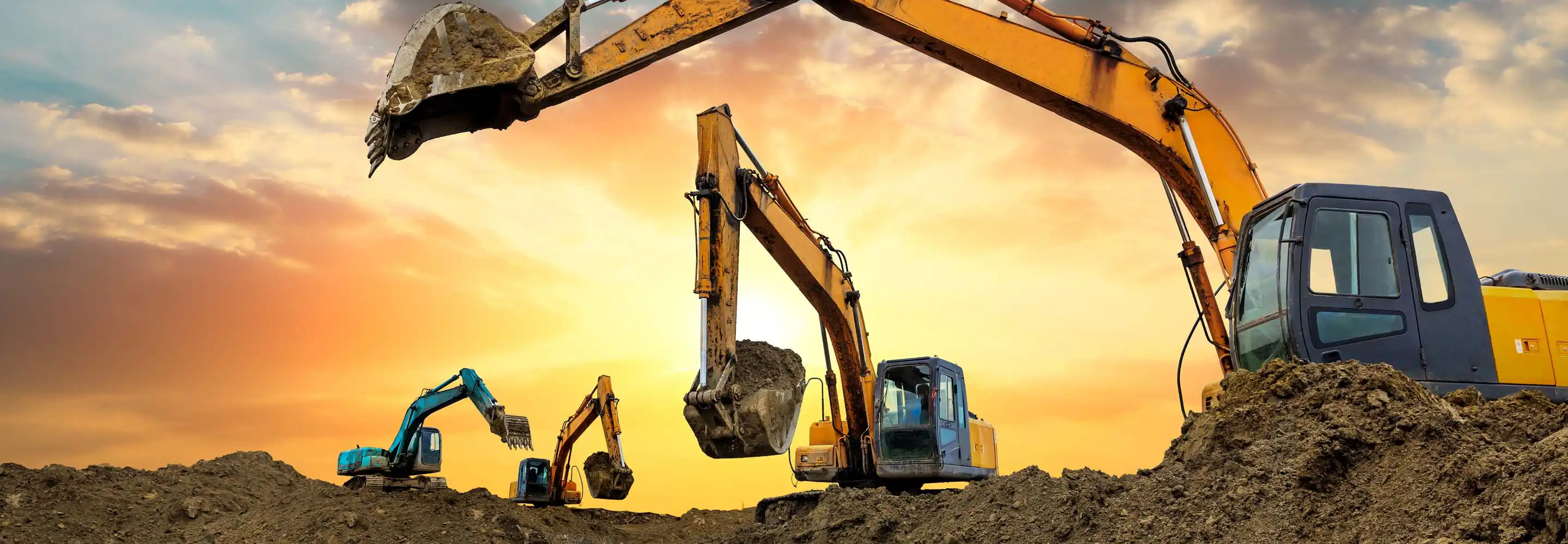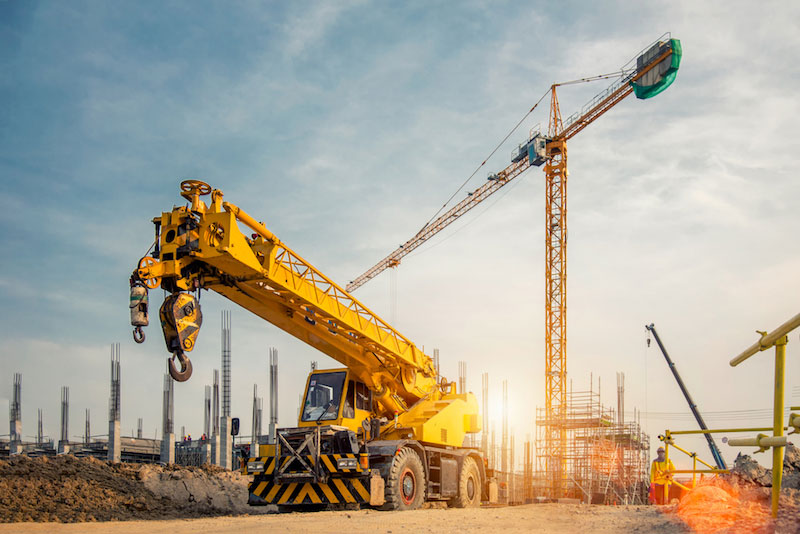Leading Equipment Rental Company for All Your Requirements
Leading Equipment Rental Company for All Your Requirements
Blog Article
Renting Vs. Buying Building And Construction Tools: Making the Right Option for Your Job
When starting a building job, among the crucial choices that forecast managers and stakeholders face is whether to acquire or rent out construction equipment. Both options have their advantages and drawbacks, making the option a pivotal one in the task preparation procedure. The choice depends upon numerous elements such as cost considerations, task period, equipment upkeep, scalability, danger, and flexibility administration. Each element plays an important role in determining one of the most appropriate course for the task's devices requirements. aerial lift rental. Allow's explore these aspects even more to comprehend how they impact the decision-making procedure and ultimately the success of the project.
Expense Factors To Consider
Renting equipment typically calls for reduced first payments compared to acquiring, making it an attractive option for short-term projects or professionals with spending plan constraints. In the long run, continuously renting equipment can build up greater expenses than buying, particularly for extensive projects.
On the other hand, purchasing construction equipment includes higher upfront costs yet can cause long-term savings, particularly for constant customers or long-lasting projects. Having devices supplies adaptability, benefit, and the capacity for resale value once the project is completed. In addition, having equipment enables for personalization and experience with certain machinery, possibly boosting effectiveness and efficiency on-site. Ultimately, the decision in between getting and leasing construction tools hinges on the task's duration, frequency of usage, spending plan considerations, and long-term economic goals.
Project Duration

On the other hand, for lasting projects or ongoing construction job, getting devices can be the a lot more cost-effective choice. Purchasing equipment can lead to cost financial savings in the long run, particularly if the tools will be regularly made use of. Furthermore, possessing equipment gives a feeling of control over its accessibility and enables personalization to fit specific task needs.

Equipment Upkeep
Provided the critical duty job duration plays in identifying the most cost-effective strategy in between leasing and purchasing building tools, the focus currently shifts towards analyzing the essential aspect of tools maintenance. On the various other hand, having equipment needs an aggressive approach to maintenance to prevent malfunctions, make certain safety and security, and expand the equipment's life-span. Ultimately, a well-kept building devices fleet, whether rented out or owned, is vital for the efficient and effective completion of construction jobs.
Adaptability and Scalability
In the realm of construction equipment monitoring, the facet of adaptability and scalability holds considerable importance for job efficiency and source usage. Choosing to lease construction devices gives a high degree of versatility as it allows for the quick change of equipment kinds and quantities based on the progressing demands of a job.
Renting construction equipment uses the benefit of easily scaling operations up or down as job demands fluctuate. Specialists can promptly exchange or add equipment to match the job's altering demands without the restraints of having properties that might end up being underutilized or out-of-date.
Threat Management
Reliable risk management in construction equipment procedures is vital to making certain project success and mitigating potential economic losses. Building jobs naturally include various risks, such as equipment breakdowns, crashes, and project delays, which can considerably influence the job timeline and spending plan. By thoroughly taking into consideration the threats related to owning or renting construction tools, task managers can make educated decisions to minimize these prospective threats.
Renting out construction tools can use a degree of threat mitigation by moving the duty of upkeep and repair services to the rental firm. This can lower the monetary worry on the task owner in instance of unforeseen devices failings (forklift rental). Furthermore, renting out gives the flexibility to access customized tools heavy duty roller conveyor for particular job stages, decreasing the risk of having underutilized machinery
On the various other hand, possessing construction devices provides a sense of control over its usage and upkeep. However, this also suggests recommended you read bearing the complete duty for repairs, maintenance expenses, and devaluation, boosting the economic dangers related to tools ownership. Mindful risk evaluation and consideration of aspects such as project period, tools application, and upkeep needs are vital in figuring out the most suitable option for effective risk management in construction projects.
Final Thought
Finally, when determining between acquiring and renting building devices, it is necessary to consider price, project period, tools upkeep, scalability, risk, and flexibility administration. Each factor plays an important role in determining the most ideal alternative for the task at hand. By carefully reviewing these facets, task supervisors can make an informed decision that aligns with their spending plan, timeline, and general task goals.

Report this page